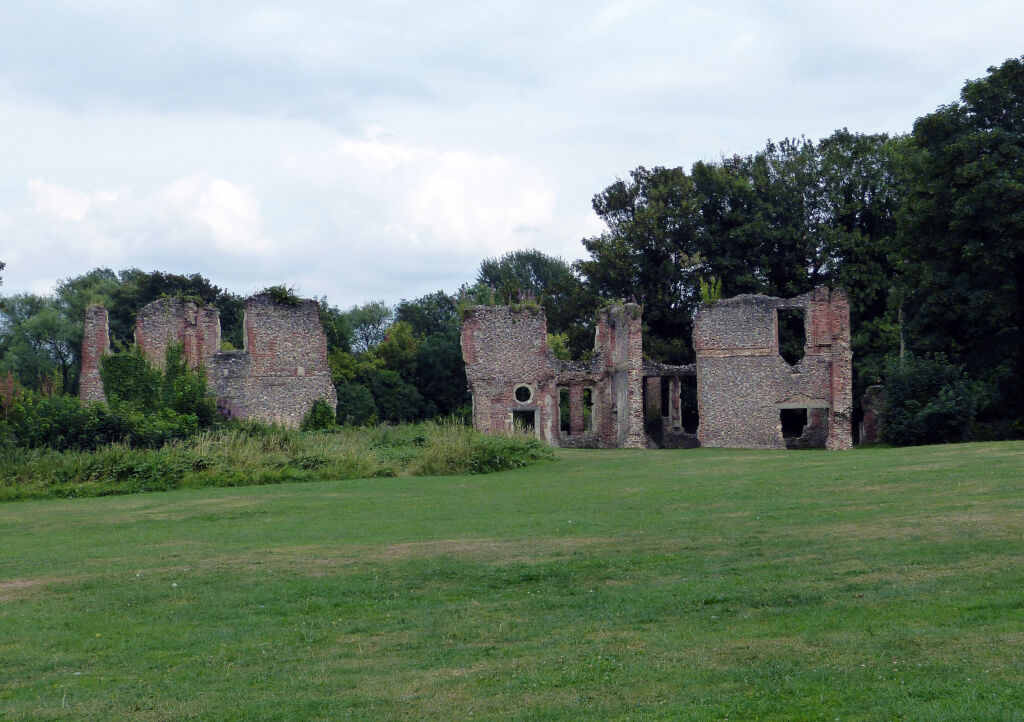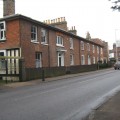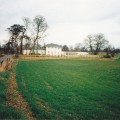Sir Richard Lee is said to be descended from ‘a genteel family in Sussex where they had flourished for three or four generations’. His mother was named Hall and was the daughter of the sister of the famous Edmund Dudley the extortioner under Henry VII. The following is a quote from St Stephen’s church records: “Sir Richard had a very handsome wife (whose maiden name was Margaret Greenfield) and who was in no small favour with the king; and by her solicitations the grant of Sopwell had been obtained; and at the same time a grant to his brother Thomas Lee, of St Julian’s, and some lands belonging to it.”
Richard was brought up as a military man under Henry VIII. In 1534 Lee, was appointed bailiff and farmer of the Sopwell Priory (Nunnery) and, following the dissolution of the monasteries, the Priory buildings and the land on which they stood were granted to him. The Priory land extended from the original London Road as far as New Barnes Mill. Lee was also granted land around St Julian’s Hospital and Eywood so he probably owned most of what we now know as Sopwell. In 1548, Lee decided to live in St Albans and build a new house over the foundations of the Priory using materials from the Priory and the Abbey buildings. He started building his house in 1550–60. The early form of Tudor houses were in the medieval style so it was probably built around a courtyard and Lee may even have reused the Nunnery which would have been in that form. The house was called Lee Hall (or Sopwell Hall). Later, in 1562, Lee enclosed the property to form a park and, because his property bordered on the road to London, he had the road diverted and travellers then came into St Albans via (Old) London Road. By this time Lee had given up being a soldier and retired. However in the 1570s, Henry VIII required his services once more in order to build the defences at Berwick and Calais. Having become once more a court favourite, Lee decided that his house should reflect his status and be rebuilt in the modern Tudor style. So he pulled it down and started to rebuild it on the same site. Unfortunately, he died in 1575 before the house was finished and is buried in St Peter’s churchyard. His helmet which accompanied his coffin can be seen in St Albans museum in Hatfield Road. He left two daughters: Anne, who married Edwyn Sadleir, the second son of Sir Ralph Sadleir of Hendon; and Mary, who married Sir Humphrey Coningsby, and when he died, Ralph Pemberton.
It was Lee who stole the eagle lectern from Holyrood Palace and gave it to St Stephen’s church.





Latest comments